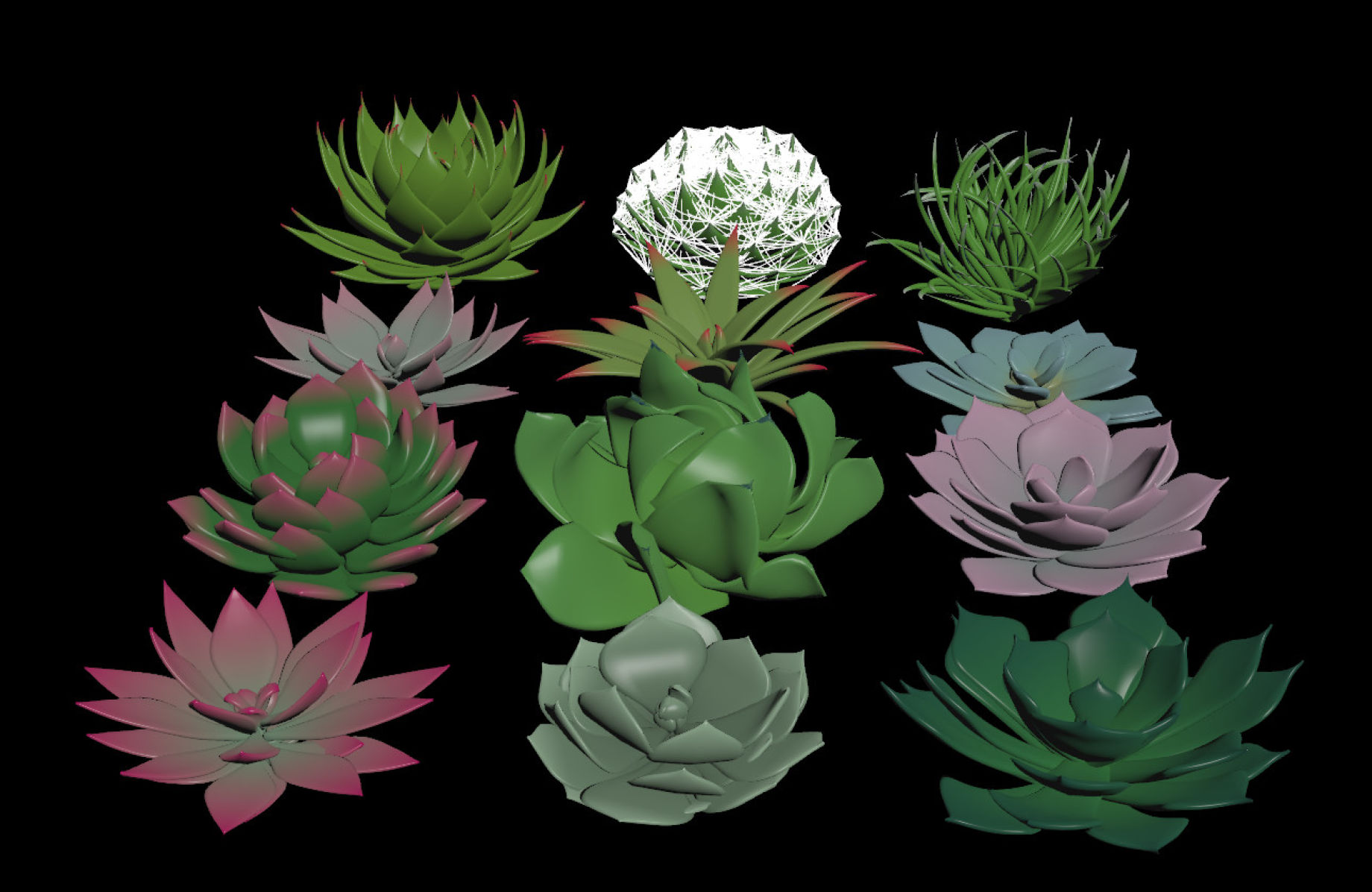

It was dumb to use RS Sprite on extruded geometry.The /out/ context has a dependency chain that probably will cook all these dependencies, but I’m not guaranteeing it will work perfectly as-is. These sort of grew organically so that I could iterate on things faster. The scene scale is totally screwed up.I tried to keep things as organized and as procedural as possible, though of course in practice there are always going to be loose ends and corners cut. The next few posts on the nerdblog here will be describing some of the processes used in creating this scene. Rainy forest cinemagraph from Toadstorm Inc on Vimeo. I also wanted to try to make the scene as procedurally-driven as possible, and I suppose it’s *mostly* procedural, aside from a few textures and the hero plant simulation. I’m pretty obsessed with rain, growth processes, and the north coast of California in general, so doing a forest scene seemed like it would cover all the necessary bases. It was a sort of modest attempt at making something for myself instead of for a client, which I rarely had the time or inclination to do while working as a production artist, and an excuse to learn Redshift3D, which is a fantastic GPU renderer. Last week, I finally finished a project I’ve been poking at for an hour or two here and there over the last year.

HIP you may want to read these more accurate notes. HIP file that I posted are outdated, as they apply to an older version of the plant, so if you’ve already checked out the. L-systems are one of those things that start very simple and quickly build in complexity until they’re totally unreadable, so you generally want to keep notes of what the rules are actually doing as you build them. I am a masochist so I again started with L-systems to create the basic plant structure. There are some neat little shortcuts elsewhere in the process, though, that hopefully some readers will find useful. Going the FEM route meant that each iteration took about 30 minutes to simulate, which adds up pretty fast. If I were to try this again, I’d probably try to build a more procedural system involving IK chains with maybe a layer of simple soft body dynamics on top to add springiness. The animation ended up being done primarily using FEM, which in retrospect was probably overkill. Part 2 here is all about the hero plant, which was by far the most time-consuming part of this whole process.


 0 kommentar(er)
0 kommentar(er)
